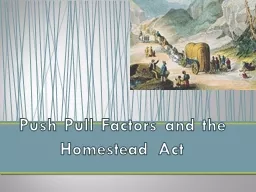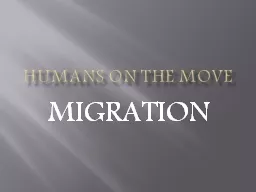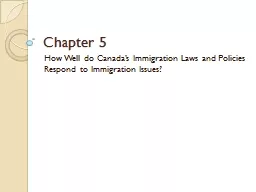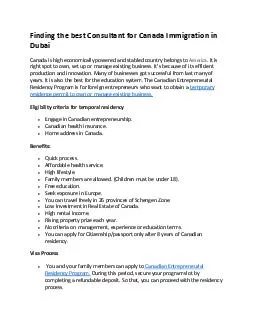PPT-Push & Pull Factors - Immigration
Author : liane-varnes | Published Date : 2017-05-05
Lesson 3 Big Ideas Both geographers and historians have studied how and why people have immigrated to the United States Push factors such as lack of freedom a shortage
Presentation Embed Code
Download Presentation
Download Presentation The PPT/PDF document "Push & Pull Factors - Immigration" is the property of its rightful owner. Permission is granted to download and print the materials on this website for personal, non-commercial use only, and to display it on your personal computer provided you do not modify the materials and that you retain all copyright notices contained in the materials. By downloading content from our website, you accept the terms of this agreement.
Push & Pull Factors - Immigration: Transcript
Download Rules Of Document
"Push & Pull Factors - Immigration"The content belongs to its owner. You may download and print it for personal use, without modification, and keep all copyright notices. By downloading, you agree to these terms.
Related Documents














